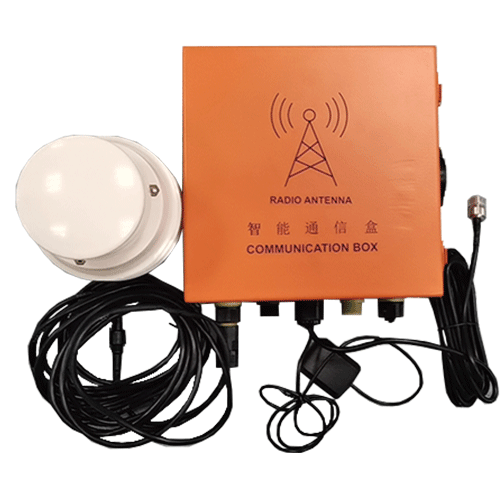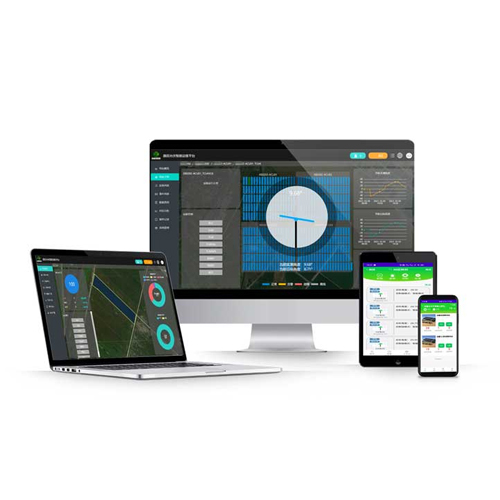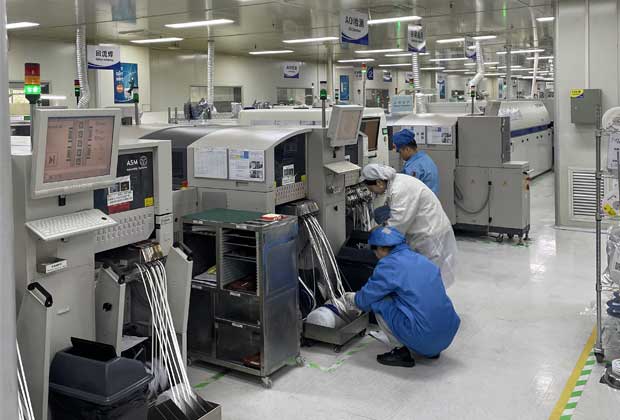1. Solar trackers
Solar trackers can greatly improve the efficiency of sunlight collection, so studying the laws of the sun's motion can help to better track the sun.
The law of motion of the sun is that the rotation of the earth causes the sun to rotate 360 degrees from east to west every day, and the visible angle of the sun is an average of 180 degrees during the day. In spring and summer, the daytime angle is larger, that is, the daytime we see is longer, and the daytime angle in autumn and winter is smaller than 180 degrees.
There is a certain angle between the earth's rotation axis and the orbit of the solar system, and the sun moves between the Tropic of Cancer in a year. The sun on the vernal and autumnal equinoxes is above the equator, the sun on the winter solstice is on the Tropic of Cancer, and the sun on the summer solstice is on the tropic of Cancer. During the day, the sun moves at a large angle in the east-west direction. In order to improve solar power generation, the solar tracker controller placed in the east-west direction can track the angle of the east-west direction by at least 10% to 25% compared with the fixed bracket photovoltaic power generation system.
2. Solar tracker and sun path
These seasonal changes in the sun's path also result in variable losses in solar energy. In the northern hemisphere, single axis tracker controller with the best alignment of the sun on the winter solstice lost only 8.3 percent during the extreme seasons of summer and winter. Vertically or horizontally aligned single-axis trackers will lose even more.
Vertical trackers in areas with latitudes of 60 degrees will lose up to 40% of the available energy in summer, while solar trackers placed horizontally in areas with latitudes of 25 degrees will lose up to 33% of the available energy in winter.
In response to the seasonal changes in the direct sunlight angle, we can properly optimize the angle of the north-south rotation axis. We place the rotation axis at the oblique angle of the sun on the vernal and autumnal equinoxes to obtain more power generation than horizontal placement, which is the principle basis of the oblique single-axis solar tracker.
Since the summer solstice is usually a period of strong irradiation, the inclined uniaxial placed based on the oblique angle of the summer solstice will have higher power generation than the uniaxial placed at the spring and autumn equinox, which can be understood as the optimal inclination angle problem. Solar trackers that take into account both seasonal and daily changes are called dual-axis trackers, and dual-axis trackers are the most generating systems of all solar trackers.
Compared with single-axis trackers, the cost of solar dual-axis trackers is higher, but the increase in power generation is not particularly large. In actual projects, single-axis solar tracking systems have large-scale commercial applications.
 English
English  中文
中文



